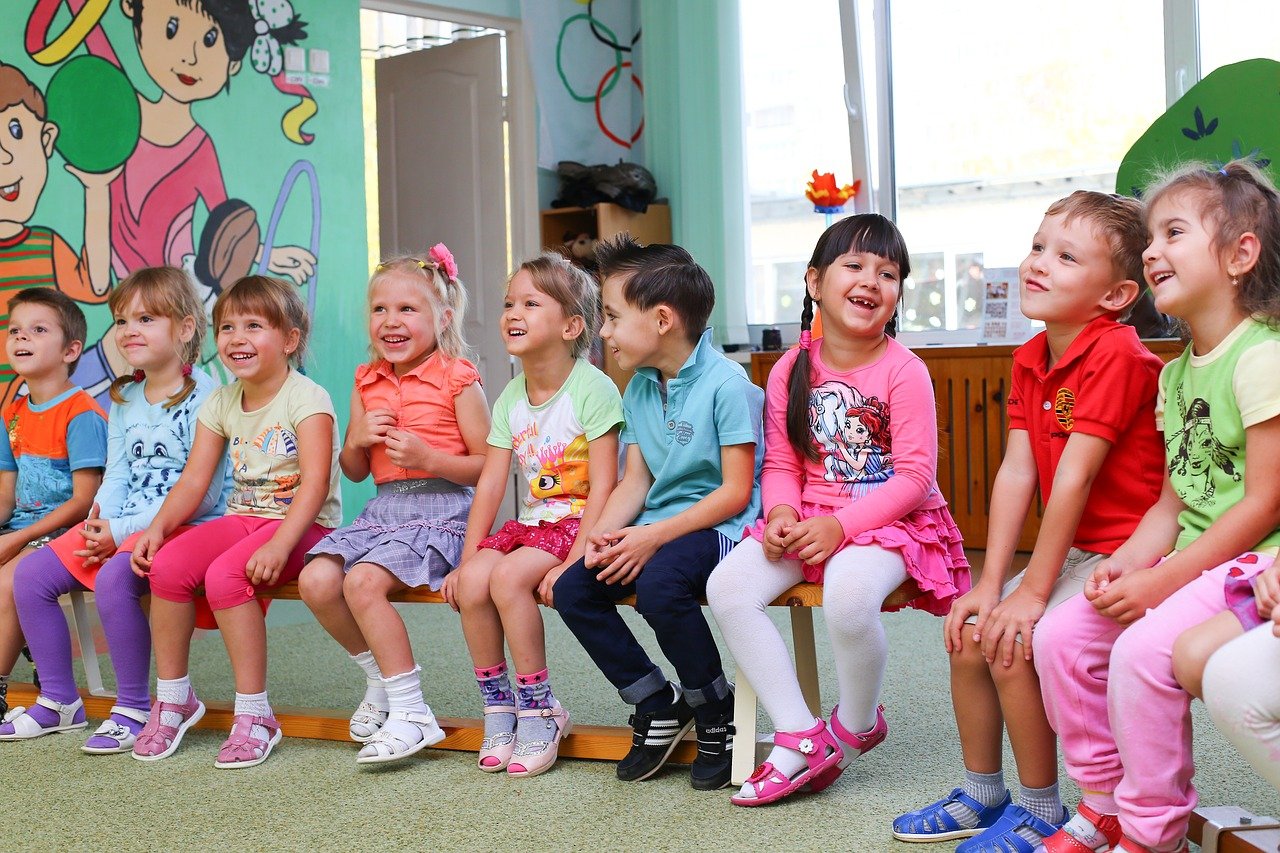What’s It Like To Be a Teacher in America Today?

Being a teacher in America today is an experience that blends challenge with fulfillment, illustrating a profession of passion and resilience in the face of significant hurdles. Educators across the United States find themselves at the crossroads of various social, economic, and policy pressures while endeavoring to provide quality education to a diverse body of students.
One of the most profound challenges teachers in America face is that of resource inequality. Depending on location—urban, suburban, or rural—schools can vary immensely in their available resources. Wealthier districts often boast advanced technology, abundant supplies, and lower student-to-teacher ratios, whereas schools in less affluent areas might grapple with lack of basic materials and large class sizes.
The implementation of standardized testing has been both a benchmark for educational achievement and a point of contention. Teachers frequently express concerns about the limitations such assessments place on their teaching strategies; they often have to teach to the test, which can stifle creativity and emphasize memorization over critical thinking.
Furthermore, teachers must navigate an environment where societal issues such as poverty, violence, and mental health crises spill over into the classroom. This necessitates that teachers play multiple roles—from educators and mentors to de facto counselors—often without adequate training or support.
Despite these challenges, many teachers are driven by a profound commitment to their students’ growth and education. They work tirelessly to create engaging and meaningful learning experiences and inspire a love for learning that their students will carry throughout their lives.
Additionally, the rise of technology in classrooms presents both opportunities and obstacles. While digital tools can create interactive and personalized educational experiences, they also require teachers to continuously adapt to new platforms and keep students’ focus away from digital distractions.
Teacher activism has also been on the rise as educators across the country stand up for better wages, improved classroom conditions, and policy changes to benefit both themselves and their students. These movements showcase the collective strength of teachers advocating for systemic change within educational institutions.
Finally, there remains a profound sense of community among educators. Through professional development conferences, online forums and social networks, American teachers share resources, support one another’s endeavors and collaboratively push forward new pedagogical approaches that challenge traditional methods.
In conclusion, being a teacher in America today is certainly complex. It requires juggling numerous demands with the intrinsic desire to foster an environment conducive to learning. Despite the hurdles they face every day, American teachers continue their essential work: shaping the minds that will define tomorrow’s world.






